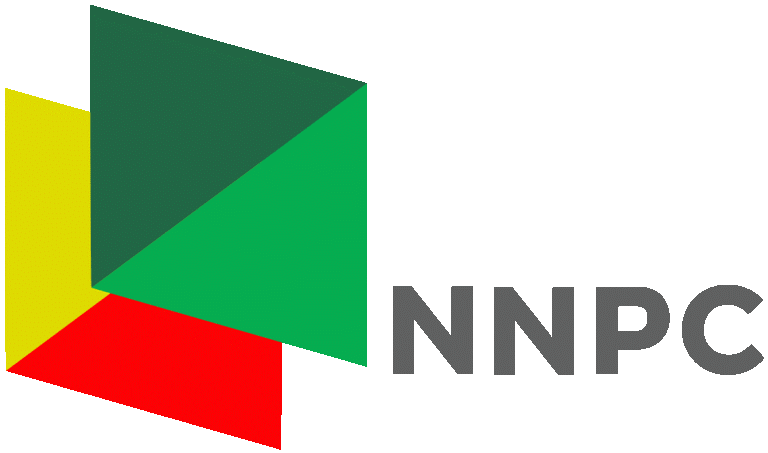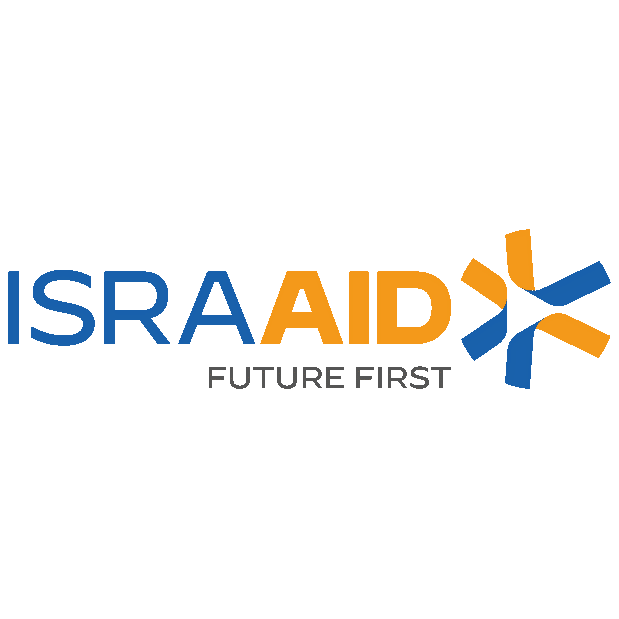Future-Proofing Safety: AI & IoT in Predictive Safety Training
INTRODUCTION
The landscape of Occupational Health and Safety is undergoing a revolutionary shift, driven by the power of Artificial Intelligence (AI) and the Internet of Things (IoT). This cutting-edge training course empowers safety professionals to leverage these transformative technologies to move beyond reactive measures and embrace a proactive, predictive approach to workplace safety. Learn how to harness the potential of AI and IoT to identify potential hazards before they cause harm, optimize safety protocols, and create safer, more efficient work environments.
This AI & IoT in predictive safety training will equip participants with the knowledge and skills necessary to navigate the exciting intersection of AI, IoT, and occupational safety, enabling them to lead the way in creating safer and more efficient workplaces for the future.
DURATION
5 days
TARGET AUDIENCE
This course is designed for safety professionals, managers, engineers, and technology specialists who are looking to understand and implement AI and IoT solutions for predictive safety in the workplace. This includes:
- Safety Managers and Officers
- HSE Professionals
- Risk Managers
- Operations Managers
- IT Professionals involved in safety systems
- Data Analysts interested in safety applications
- Anyone seeking to innovate and improve workplace safety using technology
COURSE OBJECTIVES
Upon completion of this training course, participants will be able to:
- Understand the Fundamentals of AI and IoT in Safety: Grasp the core concepts of AI, Machine Learning, IoT, and their specific applications within occupational safety.
- Identify Opportunities for Predictive Safety Solutions: Recognize areas within their organization where AI and IoT can be effectively deployed to predict and prevent incidents.
- Evaluate and Select Relevant AI and IoT Technologies: Assess different types of sensors, AI algorithms, and platforms suitable for various safety applications.
- Implement IoT-Enabled Safety Monitoring Systems: Learn how to deploy and manage IoT devices for real-time data collection on environmental conditions, equipment status, and worker behavior.
- Utilize AI for Hazard Prediction and Risk Assessment: Understand how machine learning models can analyze data to predict potential hazards and assess risks proactively.
- Develop Data-Driven Safety Insights and Reports: Learn to interpret data collected from IoT devices and analyzed by AI to generate actionable safety insights.
- Address Ethical Considerations and Data Privacy: Understand the ethical implications and data privacy concerns associated with using AI and IoT in safety.
- Develop a Roadmap for Implementing Predictive Safety Solutions: Create a strategic plan for integrating AI and IoT into their organization's safety management system.
COURSE MODULES
Module 1: Introduction to AI and IoT for Occupational Safety
- Fundamentals of Artificial Intelligence (AI) and Machine Learning (ML): Core concepts, algorithms, and applications relevant to safety.
- The Internet of Things (IoT) Ecosystem: Sensors, connectivity, data platforms, and their role in safety monitoring.
- The Shift from Reactive to Predictive Safety: Understanding the limitations of traditional methods and the power of prediction.
- Benefits of AI and IoT in Safety: Improved incident prevention, reduced costs, enhanced efficiency, and better worker well-being.
- Real-World Examples of AI and IoT in Safety: Case studies showcasing successful implementations across various industries.
Module 2: Identifying Opportunities for Predictive Safety Applications
- Analyzing Current Safety Challenges: Identifying pain points and areas where traditional methods fall short.
- Exploring Potential Use Cases for AI and IoT: Brainstorming applications in areas like equipment monitoring, worker safety, and environmental control.
- Assessing Organizational Readiness for Technology Adoption: Evaluating infrastructure, data availability, and workforce skills.
- Prioritizing Potential Applications Based on Impact and Feasibility: Developing a strategic approach to implementation.
- Understanding Regulatory Landscape and Standards for AI and IoT in Safety.
Module 3: IoT Technologies for Real-Time Safety Monitoring
- Types of Sensors for Safety Applications: Wearable sensors, environmental sensors, equipment sensors, and video analytics.
- Connectivity Options for IoT Devices: Wi-Fi, Bluetooth, Cellular, LPWAN, and their suitability for different environments.
- IoT Data Platforms and Cloud Services: Understanding data storage, processing, and management in the cloud.
- Designing and Implementing IoT Infrastructure for Safety Monitoring: Best practices for deployment and maintenance.
- Ensuring Data Accuracy, Reliability, and Security in IoT Systems.
Module 4: Leveraging AI and Machine Learning for Hazard Prediction
- Introduction to Supervised and Unsupervised Learning: Understanding different types of machine learning algorithms.
- AI Techniques for Anomaly Detection: Identifying unusual patterns that may indicate potential hazards.
- Predictive Maintenance using AI: Analyzing sensor data to predict equipment failures and prevent accidents.
- AI-Powered Behavioral Analysis: Using video and sensor data to identify unsafe worker behaviors.
- Developing and Training Machine Learning Models for Safety Prediction.
Module 5: Data Analytics and Visualization for Safety Insights
- Collecting and Preparing Data from IoT Devices: Data cleaning, transformation, and integration for AI analysis.
- Utilizing Data Analytics Tools and Platforms: Exploring software for data visualization and analysis.
- Creating Meaningful Safety Dashboards and Reports: Communicating key insights to stakeholders.
- Identifying Trends and Patterns in Safety Data: Uncovering root causes and areas for improvement.
- Using Data to Measure the Effectiveness of Predictive Safety Interventions.
Module 6: Ethical Considerations and Data Privacy in AI and IoT for Safety
- Addressing Privacy Concerns Related to Worker Monitoring: Balancing safety needs with employee privacy rights.
- Avoiding Bias in AI Algorithms: Ensuring fairness and preventing discriminatory outcomes.
- Transparency and Explainability of AI Systems: Understanding how AI models make predictions.
- Data Security and Cybersecurity Considerations: Protecting sensitive safety data from breaches.
- Developing Ethical Guidelines and Policies for AI and IoT Deployment in Safety.
Module 7: Implementing and Integrating AI and IoT Solutions
- Developing a Roadmap for AI and IoT Implementation: Defining goals, timelines, and resource requirements.
- Selecting the Right Technology Partners and Vendors: Evaluating different solution providers.
- Integrating AI and IoT Systems with Existing Safety Management Systems: Ensuring seamless data flow.
- Change Management and Training for Adoption: Preparing the workforce for new technologies.
- Pilot Projects and Phased Implementation Strategies.
Module 8: The Future of Predictive Safety with AI and IoT
- Emerging Trends in AI and IoT for Safety: Exploring advancements in robotics, computer vision, and edge computing.
- The Role of AI and IoT in Achieving Zero Harm: Vision for a future with significantly reduced workplace incidents.
- Continuous Improvement and Evolution of Predictive Safety Systems: Adapting to new technologies and insights.
- Overcoming Challenges and Barriers to Widespread Adoption.
- The Future of the Safety Professional in an AI and IoT-Driven World.
CERTIFICATION
- Upon successful completion of this training, participants will be issued with Macskills Training and Development Institute Certificate
TRAINING VENUE
- Training will be held at Macskills Training Centre. We also tailor make the training upon request at different locations across the world.
AIRPORT PICK UP AND ACCOMMODATION
- Airport pick up and accommodation is arranged upon request
TERMS OF PAYMENT
- Payment should be made to Macskills Development Institute bank account before the start of the training and receipts sent to info@macskillsdevelopment.com
Future-proofing Safety: Ai & Iot In Predictive Safety Training in Kenya
| Dates | Fees | Location | Action |
|---|---|---|---|
| 20/10/2025 - 24/10/2025 | $2,900 | Kigali |
|
| 27/10/2025 - 31/10/2025 | $1,250 | Nairobi |
|
| 03/11/2025 - 07/11/2025 | $4,000 | Johannesburg |
|
| 17/11/2025 - 21/11/2025 | $2,900 | Kigali |
|
| 24/11/2025 - 28/11/2025 | $1,250 | Nairobi |
|
| 01/12/2025 - 05/12/2025 | $1,500 | Mombasa |
|
| 08/12/2025 - 12/12/2025 | $1,250 | Nairobi |
|





















